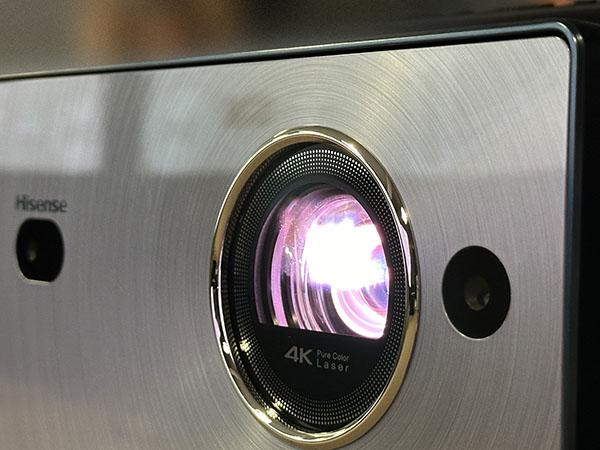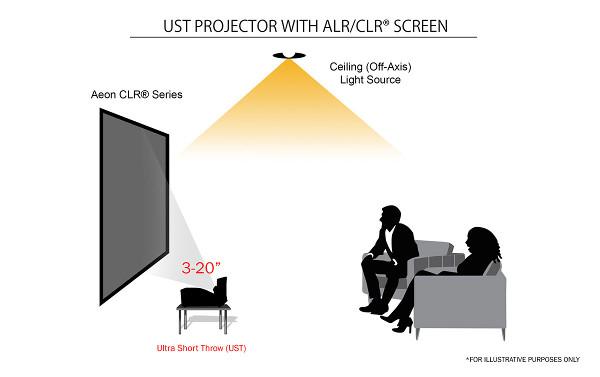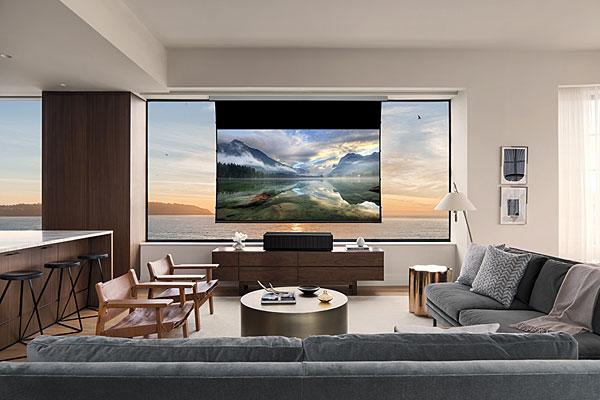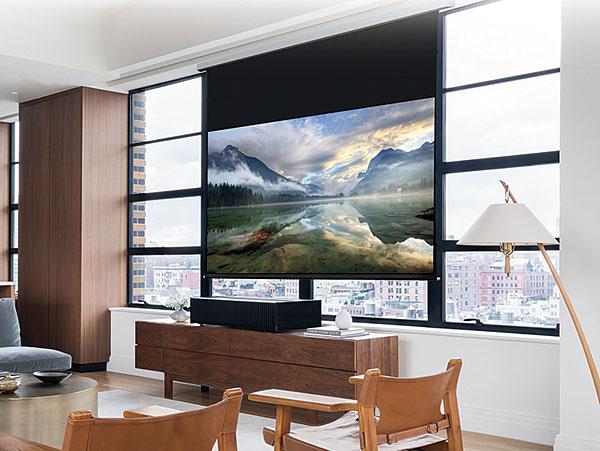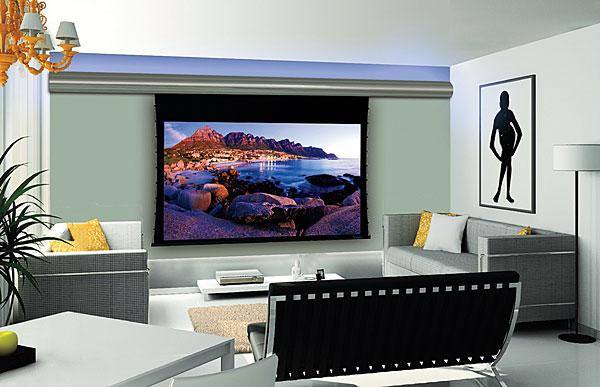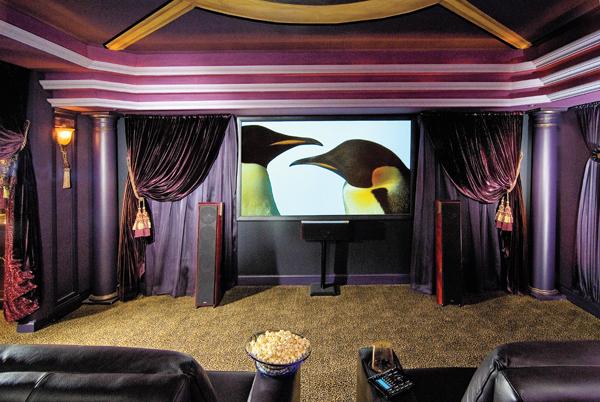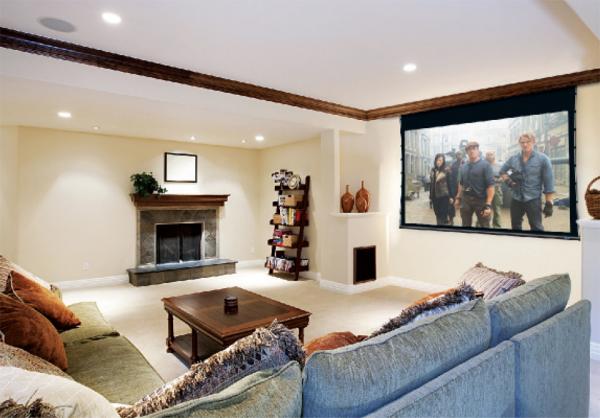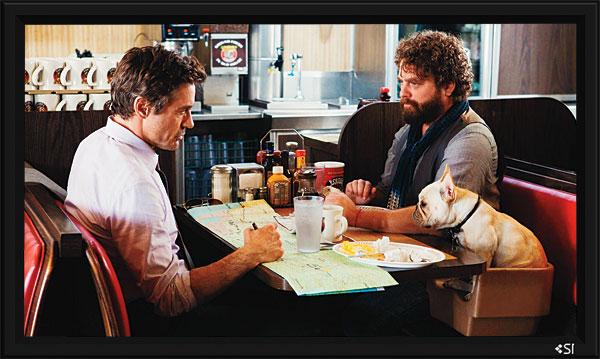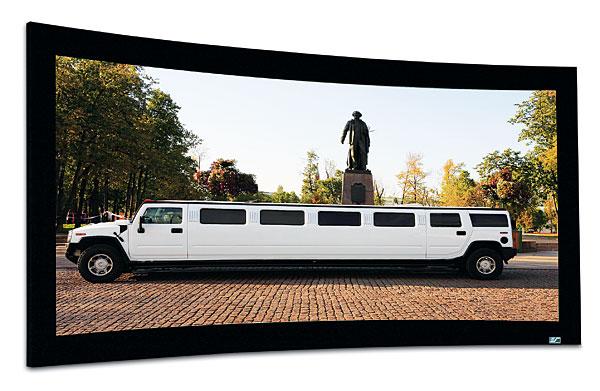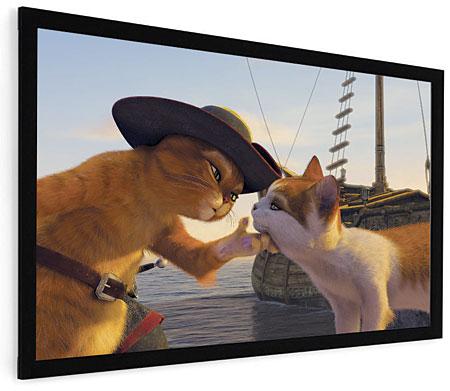Projector Buying Tips
Sort By: Post Date TitlePublish Date
|
Nov 22, 2023
|
Jul 10, 2023
|
Sep 24, 2018
|
Apr 18, 2018
|
Apr 09, 2014
|
Feb 09, 2013
|
Sep 12, 2011
|
Apr 26, 2011
|
Apr 25, 2011
|
Mar 01, 2010
